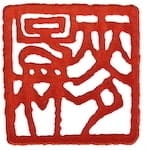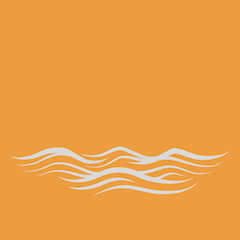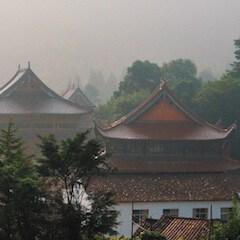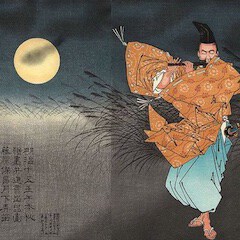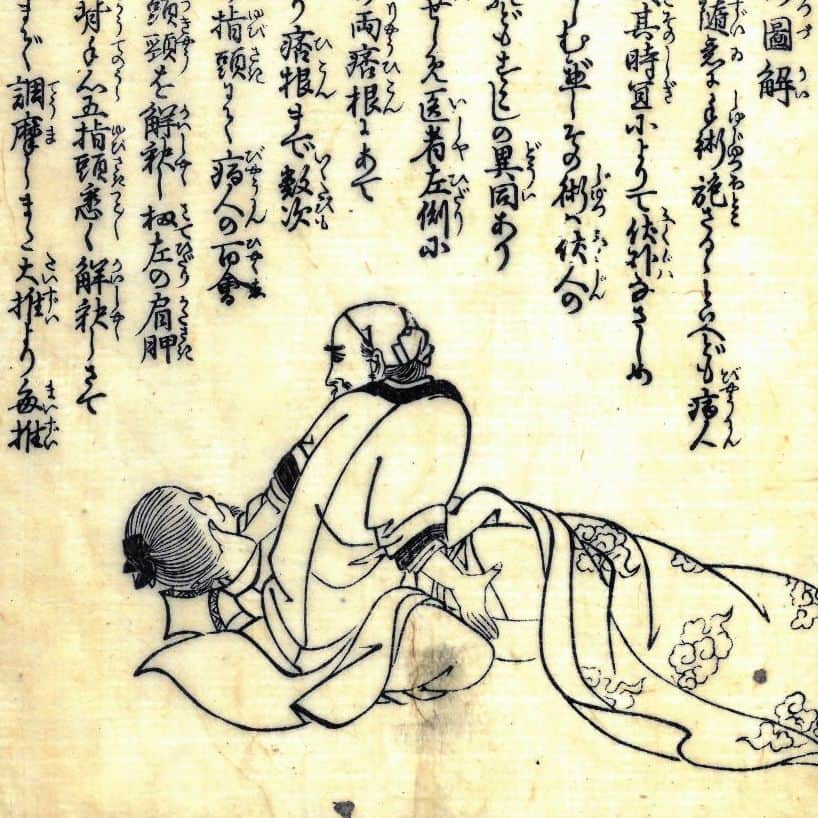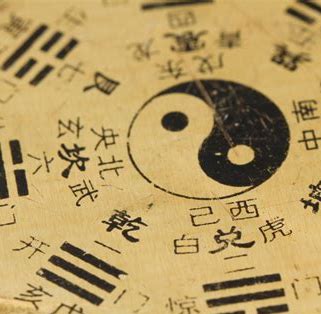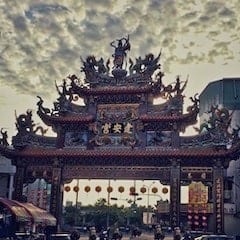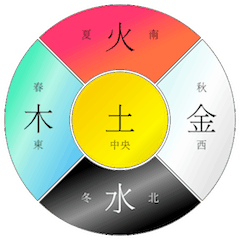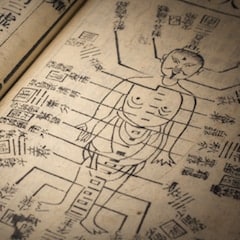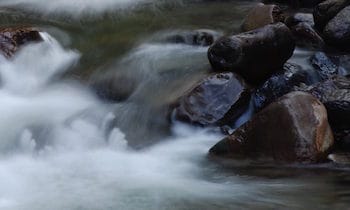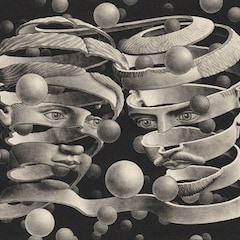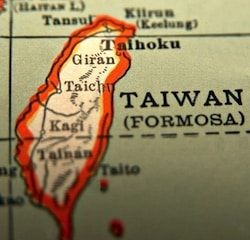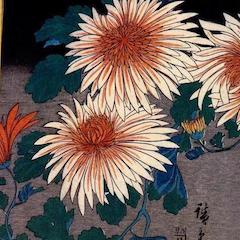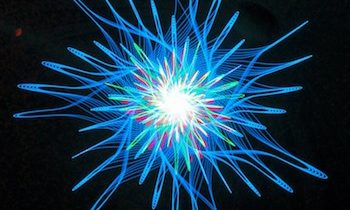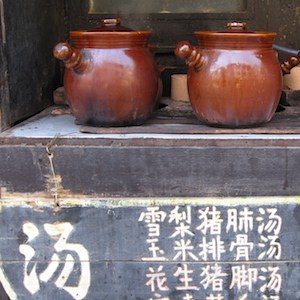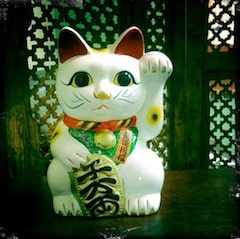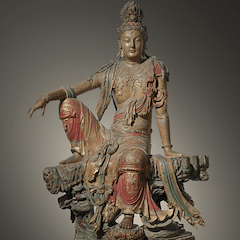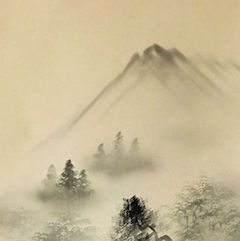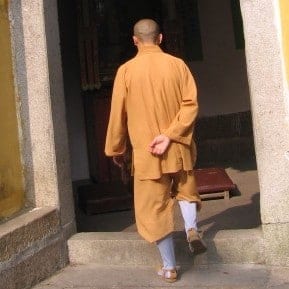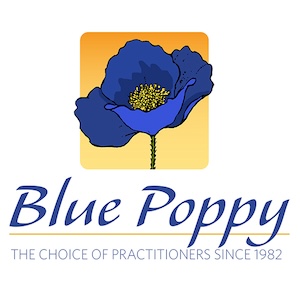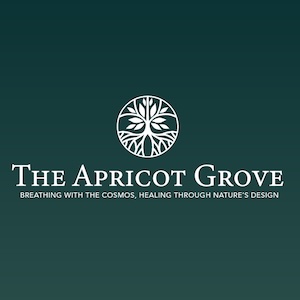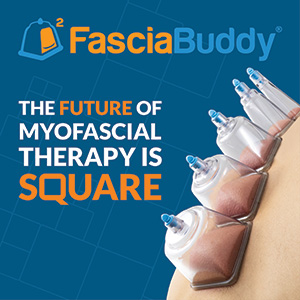396 Root and Power, Attending to the Pelvis • Krystal Couture
The body holds experience in layers—some are structural, some energetic, and others deeply emotional. Nowhere is this more evident than in the pelvis, a place of both power and vulnerability, stability and flow. It’s the root of movement, the center of balance, and a space where emotions and history are stored, often in ways we don’t fully recognize.
In this conversation with Krystal Couture, we explore the relationship between the pelvis and whole-body health.
Listen into this discussion as we explore how the pelvis serves as both a structural and energetic anchor, the interplay between breath, posture, and pelvic function, how emotions and trauma can reside in the body, and the delicate art of meeting a patient where they are—physically, emotionally, and energetically.
read moreSubscribe To This Podcast In Your Favourite Player
090 Reflections on Practice • Charlie Buck
When you come right down to it… the practice of Chinese medicine is a kind of applied natural science. What makes for an effective natural scientist? Mostly an abiding sense of curiosity. A willingness to have yourself proven wrong. The capacity...
read more089 Cultivating Confidence • Dennis von Elgg
Fake it till you make it is not a helpful strategy for acquiring confidence. Any halfway competent human being can sniff out inauthenticity. We can only work at, and improve from, our genuine growing edge of ability and skill. Cultivating...
read more088 Old School Shiatsu: Attending to Our Attention • Philippe Vandenabeele
Some learning is more transmitted than taught. Observation, touch, the kind of connection that does not rely upon words. We love to make sense, especially to ourselves. But the theories in our heads, the maps of thought that can point the way, but...
read more87 Stems and Branches: A Down to Earth Perspective on the Practice of Acupuncture • David Toone
Chinese medicine is fractal nature. We can take the broad principles outlined in the Yi Jing, Five Phases or Six Jing and watch as they help us to tune in the particular level of life in which we are embedded or observing. Be it the resonance from...
read more086 Ba Zi- The Eight Characters of Influence • Paul Wang
Our lives unfold in space-time. It’s the water in which we swim and so like fish, it is difficult to know the influence of the matrix within which we live our days and experiences our lives. The Chinese ba zi, the eight characters, is a system...
read more085 Tang Ye Jing: The Medicine of Flavor • Joshua Park
Books on herbal medicine go way back, back into the misty time of myth and story. We have Shen Nong with his peculiar ability to taste and feel the influences of plants. We have the foundational writings of astute practitioners like Zhang Zhong...
read more084 Following the Process: Classical Thought in the Modern World • Phil Settels
The classics are more than just a way to focus our thinking in clinic, they are part of a perspective that sees the world as an integrated and ever evolving whole. It can be a challenge for us with our modern linear, rational, material perspective...
read moreExploring the Landscape of the Pulse • Peter Eckman
The pulse is emblematic of Chinese medicine. It is a highly subjective measure that helps us to orient in helpful ways toward a patient’s problem and their strengths.
While most any practitioner would tell you the pulse is vitally important in accessing a patient’s condition, the ways in which we can approach and interact with the pulse are wide and varied.
In this conversation we explore the pulse and how we as practitioners can use it as an exploration not just of the patient, but of our own process as well.
read more083 Poking the Bear: Acupuncturists Discuss Dry Needling • Panel Discussion
In this episode of Qiological we are taking a look at dry needling not from the legal or scope of practice point of view, but rather from the viewpoint of how acupuncturists can learn something from this form of acupuncture that has quickly grown...
read more082 Fire and Smoke: Using Moxa to Treat Antibiotic Resistant Tuberculosis • Merlin Young
We often think of moxibustion as a potent way to add heat and yang into the body. But if you only think of moxa as heat, then you’re missing the power of the perspective that moxa is about creating a specific kind of stimulation in the body. ...
read more081 Synaesthetic Sensing • Brandt Stickley
Perceiving and sensing are not the same. It might seem that the stream of information coming in through our senses arrives passively. But further investigation proves this incorrect. And in fact our perceiving not only is an active process, but can...
read more080 Chinese Medicine in Taiwan • Greg Zimmerman
East Asian medicine has one foot in the skills and techonlogy of medicine, and another in the traditions and influence of culture. How it is thought about and used in a place like Taiwan bears some similiarity to how we practice in the West, and...
read more079 Cultivating the Wild: Growing Chinese Herbs in the West • Peg Schafer
As herbalists we know a thing or about the therapeutic application of botanicals. But the lifecycle of plants we work with, the way they interact with their environment, the differences between cultivated and wild medicinals, and the farmer’s eye...
read more078 Wavelengths, Milli-Watts, and Joules- A Look at Using Lasers in the Acupuncture Clinic • Lorne Brown
We all can feel the difference between a sunny and cloudy day. The influence of long summer days brings a sense of expansion, while the short weak light of winter naturally makes us turn inward. Light, the quantity and quality of it powerfully...
read moreTaste Testing Different Herb Cooking Methods • Skye Sturgeon
In school we learn about the traditional cooking method that involves multiple cookings using a clay pot.In this converation we compare the flavors generated in the clay pot with those from a pressure cooker, a slow cooker and a perculator.Listen in for a discussion of cooking methods and how they can change the flavors of the herbs you prescribe for your patients.
read more077 The Opportunity of Business • Renee Klorman & Russell Brown
Many of us think that business is something we “have” to do. But really, it is something we “get” to do. It is a kind of privilege to create a life and practice that deeply reflects who we are. And it is an opportunity to work through any issues we...
read more076 Charlotte Maxwell Clinic- A Model of Service and Effectiveness • yvonne charles
We know that acupuncture can be helpful in the treatment of chronic or ongoing illness, and can be effective in reducing the side effects of invasive or toxic treatments that go along with a cancer diagnosis. The Charlotte Maxwell Clinic has 27...
read more075 Shen Nong Society Conference
Welcome to this short series of conversations from the Shen Nong Society's conference. You'll find here some conversations with participants of this day long gathering, and more in-depth conversations with some of the presenters. We will start...
read more074 Constitution and Present Condition- Integrating Different Perspectives • Peter Eckman
Some of the most important crossroads in our lives were not marked with a big Flashing Warning Sign, but rather instead were barely notable moments of “Oh, maybe this would be interesting.” Our guest in today’s conversation had just completed a...
read moreMistakes and Discoveries- group discussion on learning Saam acupuncture
Mistakes and discoveries go hand in hand. And there is really no way to get it right in medicine without getting wrong on the way to getting right.This is another in a continuing series of conversations between Toby Daly and some practitioners who are actively engaged in learning the Sa’am acupuncture method.While we know that the practice of medicine requires of us constant study and sometimes diving into a new perspective, it is usually easier said than done.
read more